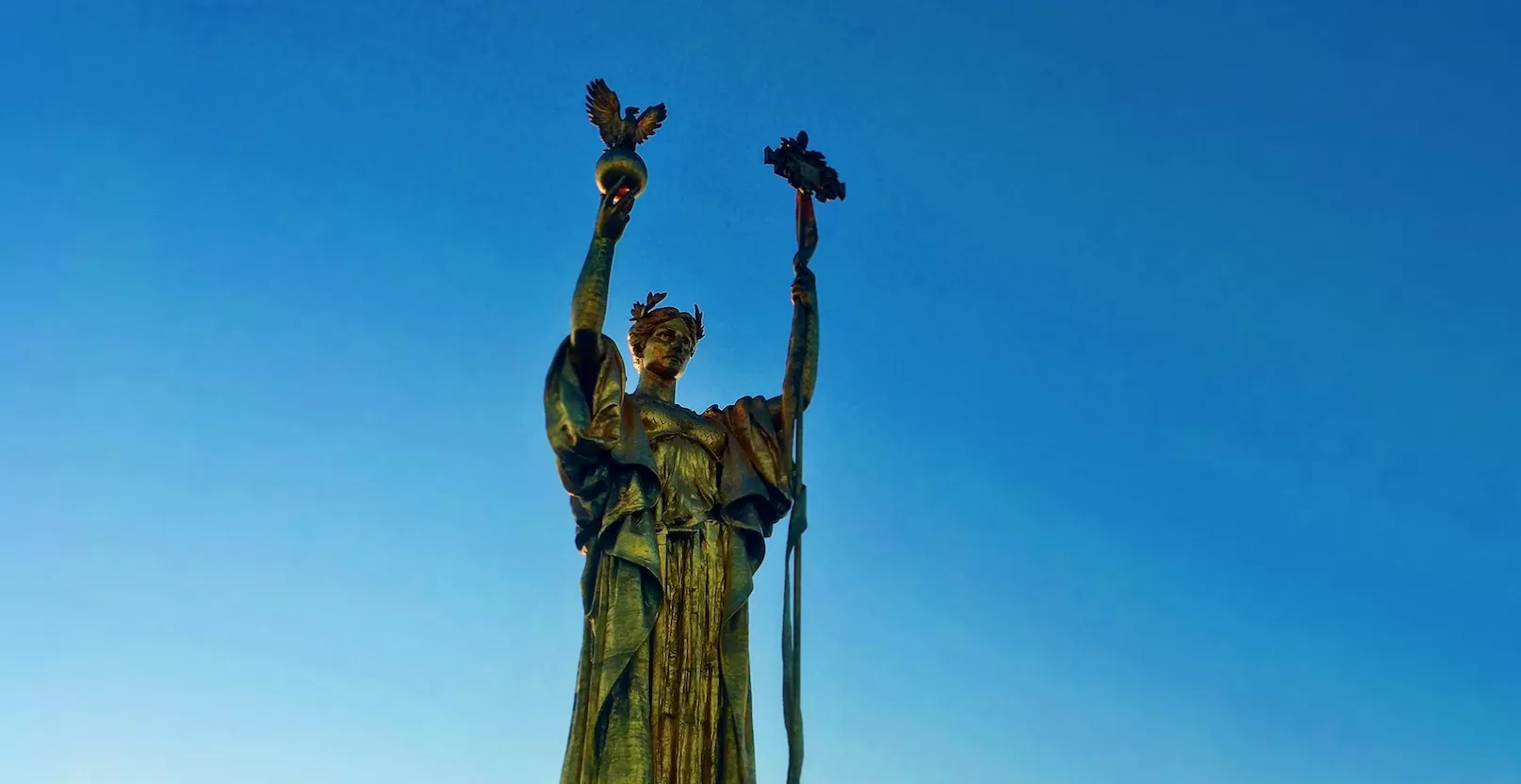In 1893 the city of Chicago celebrated the 400th anniversary of Columbus’ arrival with the World’s Columbian Exposition. I have captured this event in a collection of works called The Chicago 1893 Project. It spans across a variety of media formats, most notably a book and documentary film that are available on Amazon. As a lifelong resident of Chicagoland, I have always enjoyed the legacy of the event. I had no idea that sharing the photos I had acquired in...

